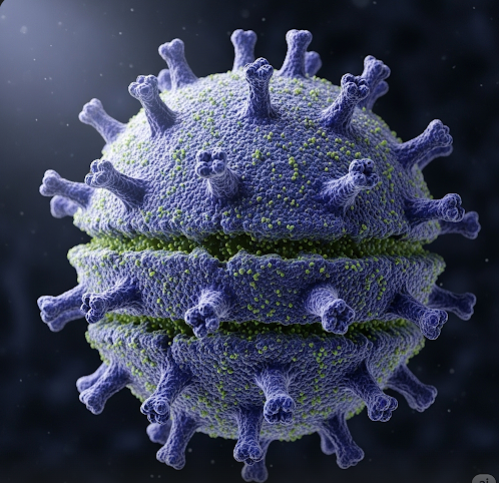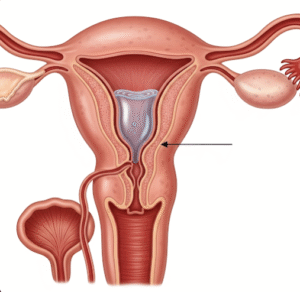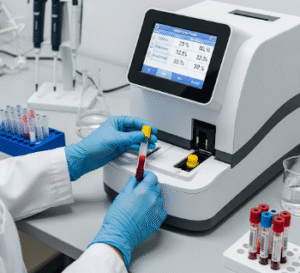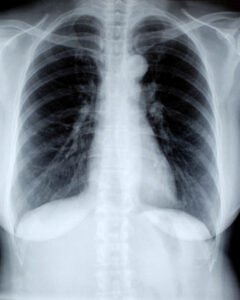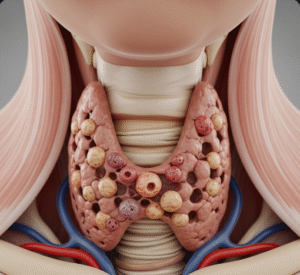Overview
Rotavirus is a highly contagious virus that causes severe diarrhea and vomiting, primarily in infants and young children. It is one of the leading causes of severe gastroenteritis worldwide. In Korea, widespread vaccination programs and advanced pediatric care have significantly reduced rotavirus-related hospitalizations and complications.
What is Rotavirus?
Rotavirus is a virus that infects the intestines, leading to inflammation and severe diarrhea. It spreads easily through the fecal-oral route, often via contaminated hands, surfaces, food, or water. The infection primarily affects children under five years old but can occasionally occur in adults.
Symptoms
- Severe watery diarrhea lasting 3 to 8 days
- Vomiting and nausea
- Fever
- Abdominal pain and cramps
- Dehydration signs such as dry mouth, reduced urine output, and lethargy
Causes
- Infection by rotavirus transmitted through contaminated hands, objects, food, or water
- Close contact in daycare centers, hospitals, or crowded environments
Risk Factors
- Age below five years, especially infants aged 6 to 24 months
- Lack of rotavirus vaccination
- Poor sanitation and hygiene conditions
- Group childcare settings
Complications
- Severe dehydration requiring hospitalization
- Electrolyte imbalances
- Secondary bacterial infections in some cases
- Rarely, seizures related to fever or dehydration
Prevention
- Routine rotavirus vaccination for infants (included in Korea’s national immunization schedule)
- Proper handwashing and sanitation practices
- Safe food and water handling
- Isolation of infected individuals to prevent spread
Treatment Options in Korea
Korean pediatric healthcare providers focus on supportive care for rotavirus infection:
- Hydration Therapy: Oral rehydration solutions (ORS) or intravenous fluids for severe dehydration.
- Nutritional Support: Continued feeding to maintain nutrition during illness.
- Symptom Management: Use of antipyretics for fever and antiemetics if needed.
- Vaccination Programs: National efforts to vaccinate infants and reduce rotavirus incidence.
- Monitoring: Close observation for complications and secondary infections.

